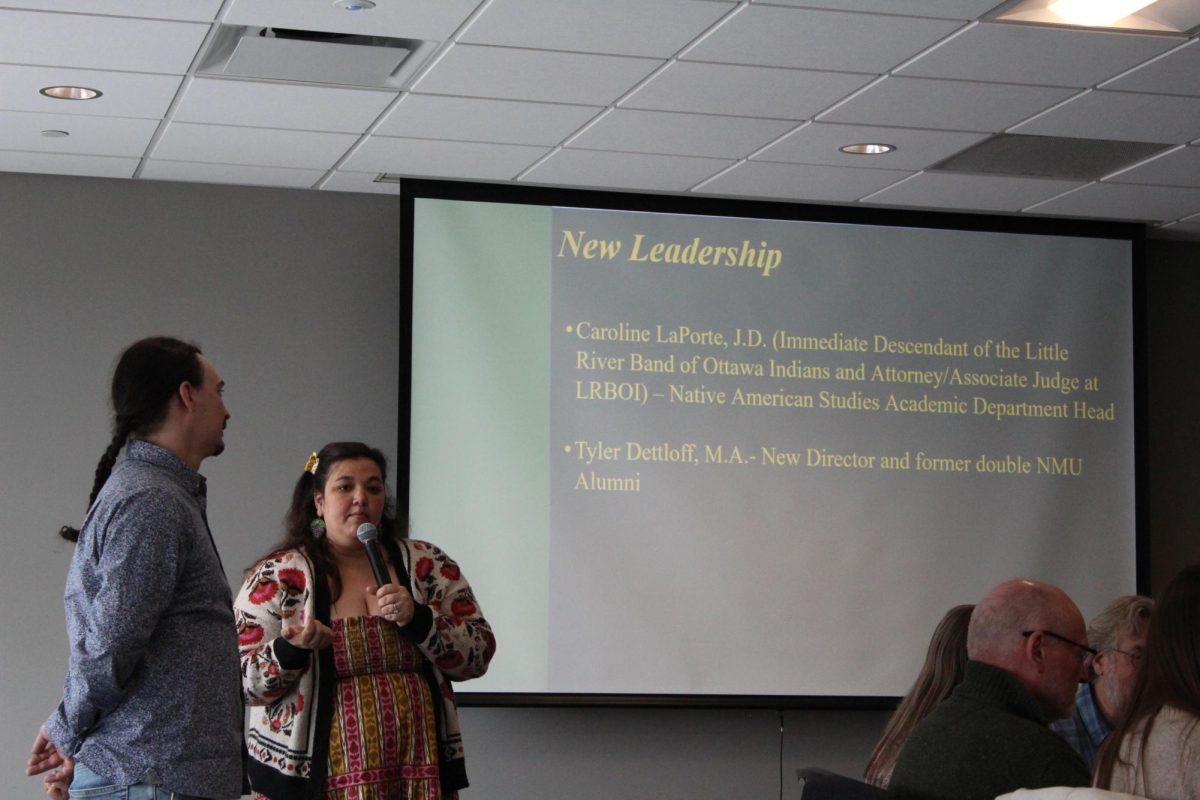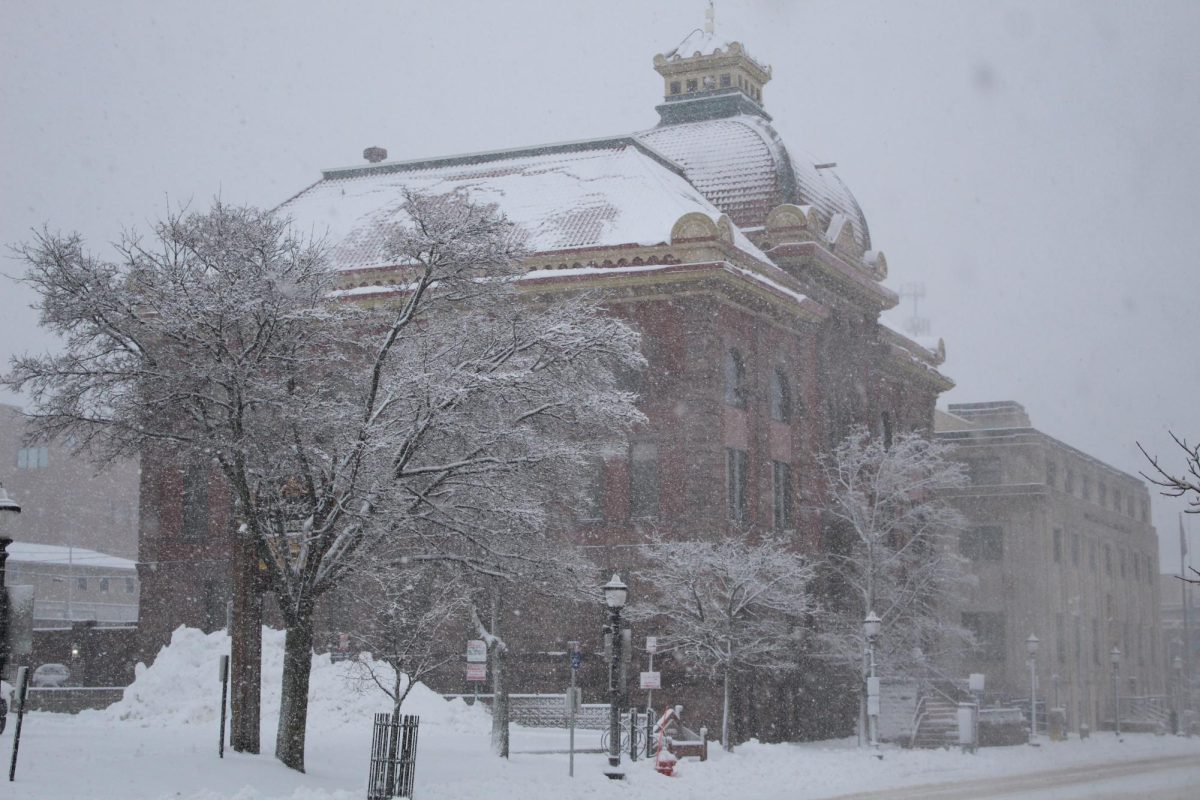Take a look at the world map. What do you see, order or influence? Or do you see several large, geographically diverse landmasses haphazardly dissected by a series of imaginary lines, lines that effectively split the world into a seemingly random conglomeration of isolated nation-states whose borders appear as impermeable as the thick black line used to indicate their location?
What you see is a relic, a historic artifact drawn from the previous century whose rigid dichotomies mask the much more interconnected human and economic landscape that lies beneath its designated national borders. They are the marks of surveyors, (mostly) invisible property lines that attempt to define where one people begins and another one ends. But the reality is not so simple, and with the rise of globalization, national borders have taken on a much more translucent character.
Two months ago, an interesting event grazed the surface of the world headlines. The Panama Canal, which runs straight through the Central American nation of Panama, allows ships to pass between the Atlantic and Pacific Oceans without requiring a long journey around either North or South America. But, what a lot of people do not know is that the Panama Canal was not the first route planned to cross the isthmus. Initially, the U.S. was interested in constructing a canal on the border between Nicaragua and Costa Rica. The canal design required the dredging of the San Juan River all the way to Lake Nicaragua. Although favored by US engineers in their race against French contractors in Panama, the financial Panic of 1893 stopped the construction of both canals. Yet, as fate would have it, Colombia’s “War of a Thousand Days” (Panama being part of Colombia at the time) and a bit of big-stick diplomacy on the part of the Roosevelt Administration resulted in Panama’s independence. Indebted to the United States, Panama agreed to give the U.S. sovereignty over the canal zone.
Yet, this is not the end of the story. While Panama has benefitted greatly from its canal over the last century, Nicaragua never gave up its dream of building a competing canal. With the Panama Canal greatly exceeding its designed capacity, Nicaragua, along with investors such as Iran and Venezuela, plans to complete the long-desired canal and once-and-for-all break the “West’s” monopoly over inter-oceanic trade.
But they’ve run into a few issues. While dredging the river, Nicaragua posted a few soldiers on an isolated island located near the mouth of the river. Nicaragua, which used Google Maps to determine the exact location of the border, was under the impression that the slender strip of land belonged to them. Meanwhile, Costa Rica, citing an earlier treaty, declaimed the cartographic mix-up as an unacceptable breach of its sovereignty and was paramount to an invasion. Although Google has admitted to the mistake, Costa Rica filed a petition with the Organization of American States condemning Nicaragua, which has resulted in much consternation in the region. This week, Costa Rica is making its case before the United Nations to ask the court to demand the immediate withdrawal of Nicaraguan soldiers from the disputed area. Nicaragua, under the stubborn leadership of Daniel Ortega, refuses to budge.
This demonstrates a case of the complexities of the new geography. Now, we not only have land issues between sovereign states, but now private companies and the services they provide have come into the fray. What do these borders mean if we are not sure who even draws them? Multinational companies have become so large and influential, it seems at times they are capable of assuming their own sovereignty. How would you draw the border for Google? For Wal-Mart?
As national boundaries dissolve into regional trade blocs and economic unions, our borders will become more like dotted-lines and less like unmovable divisions.
But, if the stakes are high enough, countries will always revert to 20th century political boundaries to preserve their territory. Let’s just hope that the mapmaker, whoever that may be, has got his information right, or we might just see a return to 20th century “political” solutions as well.


























Martin • Jan 14, 2011 at 4:06 pm
This is the most nonsensical dribble I’ve read in quite a while. The story about Nicaragua is interesting, but the only thing unique about this boarder dispute is the use of Google.
Dude, where have you been? Boarder disputes have been occurring since the beginning of mankind. You have to think all the way back to last month to remember the land dispute between North and South Korea. Who remembers the 90s, and a little skirmish President Clinton got into around Bosnia? Is it too much to ask to recall 1991 and Saddam Hussein’s spat with Kuwait? Where was Google then?
A little middle school geography and high school history may clear up the haphazard appearance of our modern boarders. Some are unfortunate. Many are (figuratively) drawn in blood. The intent is the same. Stabilize regional relations.
Sorry Nicaragua went with Google instead of a certified surveyor or a legal description. Those are my resources when I want to build a fence or a shed. You’d think a sovereign government would be able to handle that as well. This is by no means an excuse to begin selling globalization, New World Order propaganda. And how do you even get from a Central American land dispute to anti- evil American corporation rhetoric? Leave Google alone. The only one responsible for occupying land with soldiers is the government who sent them there. Just ask President Bush.